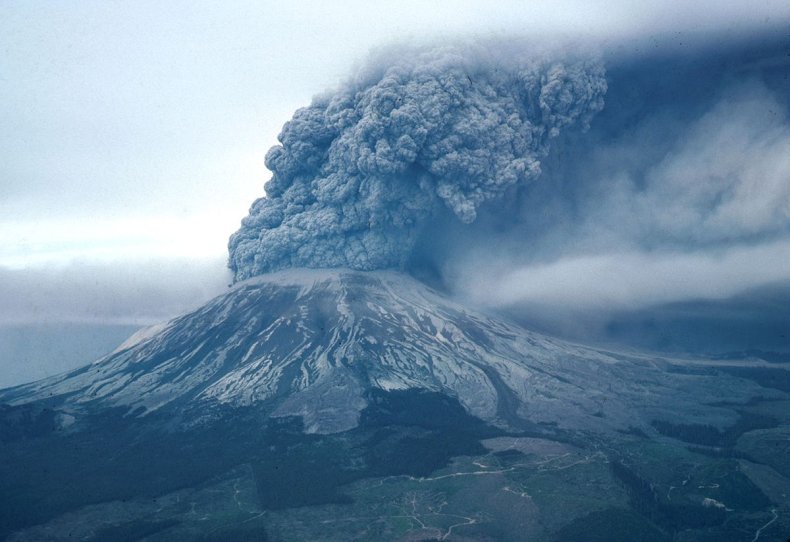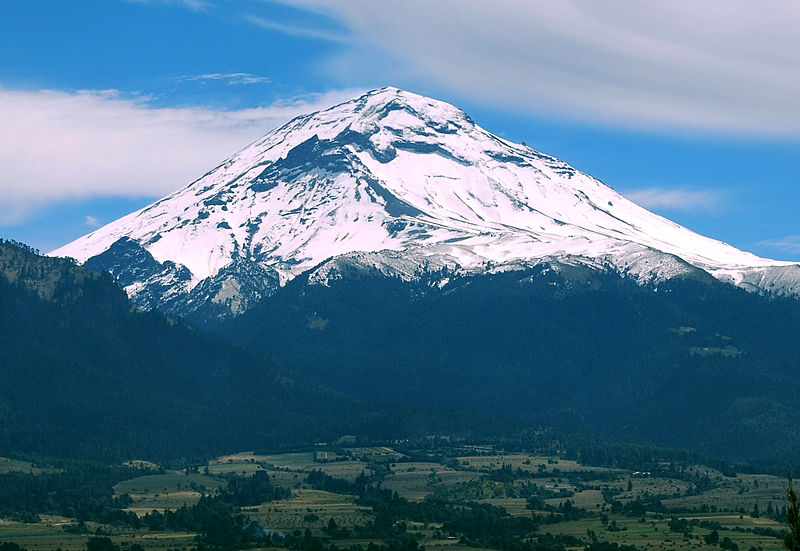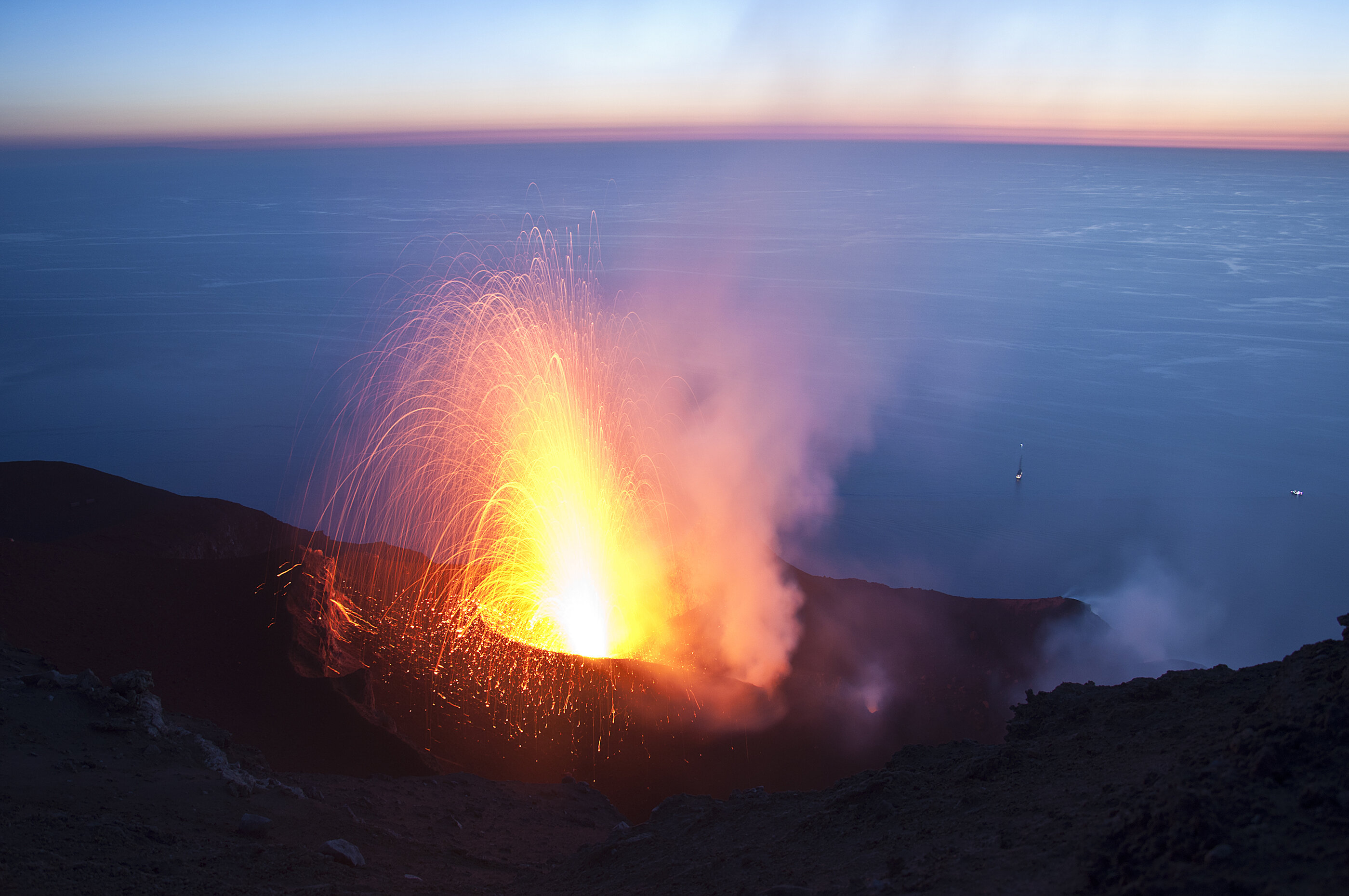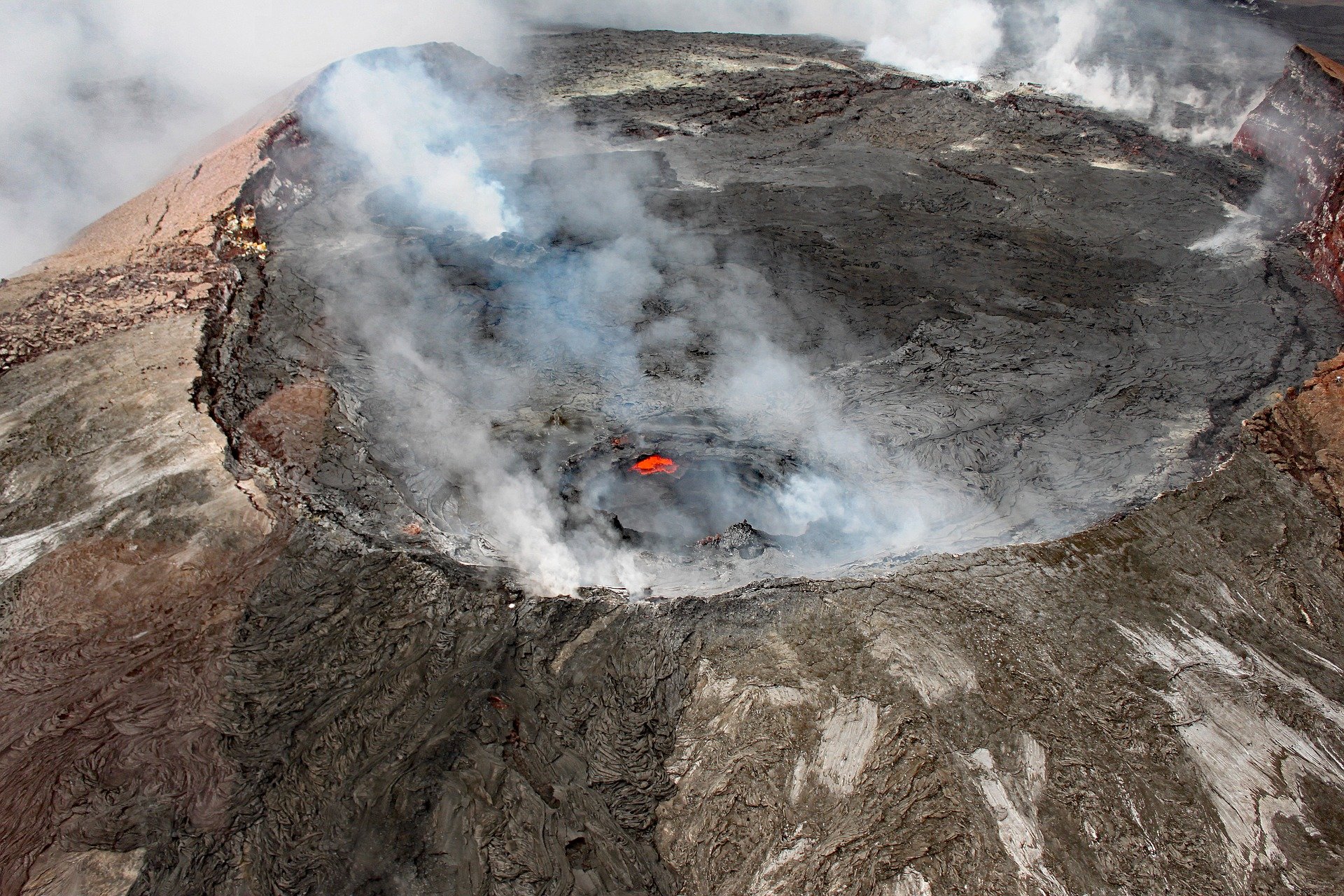
One of America's Most Dangerous Volcanoes Isn't Where It Should Be—Now Scientists May Know Why
Our results reveal that, among the 123 volcanoes analyzed, Santiaguito, Tacaná and Fuego are those with the highest score in the 3-factor VRR (H×E×V), while Ecuador, Marchena and Santiago are among the systems with the lowest score. Bárcena and Pinta score zero as there is no exposure.

StepMap Volcanos, Montañas y Ríos Landkarte für South America
The volcanoes of South America are part of the Pacific Ring of Fire. Most of them are along the backbone of the Andes. For faster navigation, this Iframe is preloading the Wikiwand page for Volcanoes of South America. Home News Random Article Install Wikiwand Send a suggestion Uninstall Wikiwand Our magic isn't perfect

Chile is one of the country with the most still active volcanoes. Serious Facts
The volcanoes of South America are part of the Pacific Ring of Fire. Most of them are along the backbone of the Andes. The Andes, together with the volcanoes, has been produced by the movement of the Americas towards the west. This has been happening for a long time, certainly 60 million years or more.

Pin on South American Volcanoes
Contract a guide in Arequipa to transport you by 4x4 to the base of the mountain, from where it is a two-day hike to the top, with an airy camp at 4,500m on the mountain's gravel-strewn slopes.

According to the following map, where are most of the active volcanos of South America located
Cotopaxi (Spanish pronunciation: [kotoˈpaksi]) is an active stratovolcano in the Andes Mountains, located near Latacunga city of Cotopaxi Province, about 50 km (31 mi) south of Quito, and 31 km (19 mi) northeast of the city of Latacunga, Ecuador. It is the second highest summit in Ecuador, reaching a height of 5,897 m (19,347 ft). Cotopaxi is among the highest active volcanoes in the world.

Central American Volcanoes Let Out Spectacular Eruptions WIRED
The Central Volcanic Zone (CVZ) is a volcanic arc in western South America. It is one of the four volcanic zones of the Andes. The Central Volcanic Zone extends from Peru to Chile and forms the western boundary of the Altiplano plateau.

One Of The Most Dangerous Volcanoes In North America Is Roaring To Life End Of The American Dream
South America has over 200 volcanoes! Situated mostly in the Andes, they offer lovely landscapes with their snow-capped cones. If you feel a little adventurous, you can climb them to enjoy an amazing view from the top. Here are 5 Amazing Volcanoes in South America according to SouthAmerica.travel. 1. Volcano Osorno, Chile

South American Volcanoes Let Off Some Spectacular Ash Puffs WIRED
9 - 12+ Subjects Earth Science, Geology, Geography, Physical Geography Photograph Shishaldin A volcano is a feature of Earth's crust that allows molten rock from beneath the crust to reach the surface. This gorgeous volcanic cone is Shishaldin, a volcano on Unimak Island, Alaska, United States. Photograph by J. Baylor Roberts, National Geographic

Some Like It Hot Travelling to the Volcanoes of Central America G Adventures
P Volcanic plugs of South America (2 P) S Shield volcanoes of South America (1 C, 1 P) Stratovolcanoes of South America (6 C) Pages in category "Volcanoes of South America" This category contains only the following page. This list may not reflect recent changes . A Andean Volcanic Belt Categories: Volcanism of South America

15 BREATHTAKING Volcanoes In South America
Huaynaputina (/ ˌ w aɪ n ə p ʊ ˈ t iː n ə / WY-nə-puu-TEE-nə; Spanish: [wajnapuˈtina]) is a volcano in a volcanic high plateau in southern Peru.Lying in the Central Volcanic Zone of the Andes, it was formed by the subduction of the oceanic Nazca Plate under the continental South American Plate.Huaynaputina is a large volcanic crater, lacking an identifiable mountain profile, with an.

Pin on South American Volcanoes
The volcanoes of South America are part of the Pacific Ring of Fire. Most of them are along the backbone of the Andes. The Andes, together with the volcanoes, has been produced by the movement of the Americas towards the west. This has been happening for a long time, certainly 60 million years or more.

Image result for map south america volcanoes Hazard map, Map, Geography lessons
1. Nevado Ojos del Salado The Ojos del Salado is the world's tallest active volcano, with an elevation of 6,893 m. It is a stratovolcano in the Andes mountain range, and is located at the border between Chile and Argentina. Ojos del Salado is also the second tallest mountain in both the Southern and Western Hemispheres.

Chile’s Villarica volcano erupts These images show the raw power of mother nature
South America has some 174 volcanoes with historic eruptions and youthful aspect to their volcanic edifices. Most of the erupting centers are classified as stratovolcanoes, which define the classic pyramid shape such as typified in Mount Fuji of Japan. These volcanoes are mainly andesite in composition.

Analyzing volcanoes to predict their awakening
These are some of the most active volcanoes in South America: Cotopaxi Volcano outside of Quito, Ecuador Villarica Volcano in Chile Nevado del Ruíz Volcano in Colombia Nevado del Huila Volcano in Colombia Tungurahua Volcano in Baños, Ecuador Reventador Volcano in Ecuador

South American volcano showing early warning signs of 'potential collapse,' research shows
A string of 452 volcanoes stretches from the southern tip of South America, up along the coast of North America, across the Bering Strait, down through Japan, and into New Zealand. Several active and dormant volcanoes in Antarctica, however, "close" the ring. Plate Boundaries The Ring of Fire is the result of plate tectonics .
:max_bytes(150000):strip_icc()/poas-volcano-crater-at-sunset--costa-rica-578363091-5af62300ae9ab80036abea63.jpg)
List of Central America Volcanoes by Country
One of South America's most prominent volcanoes is producing early warning signals of a potential collapse, new research has shown. Tungurahua volcano in Ecuador—known locally as "The Black.